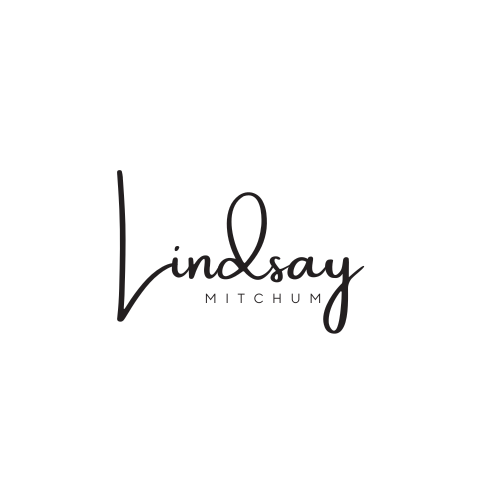CREATIVE JOURNALING FOR ARTISTIC EXPRESSION
Creative journaling stands out as a vibrant fusion of art and words, offering a sanctuary for those craving to express their inner worlds through a more visual and imaginative approach. This form of journaling transcends traditional diary entries, inviting color, texture, and form into the personal narrative. It serves not only as a platform for self-expression but also as a means of exploring one’s creativity, making it an invaluable tool for artists, writers, and anyone intrigued by the fusion of visual art and reflective writing.
2.1 What is Creative Journaling?
Creative journaling is an eclectic practice that combines elements of drawing, painting, collage, and traditional journaling into a cohesive, visual diary. It breaks away from conventional writing by incorporating artistic elements that enhance the storytelling experience. This method appeals to those who find solace in creativity and are looking for a less structured approach to journaling.
Characteristics: A blend of visuals and text, use of various art materials, and freedom from the constraints of traditional journaling formats.
Benefits: Facilitates emotional expression through art, enhances creativity, and serves as a unique self-care practice.
2.2 Getting Started with Creative Journaling
Embarking on a creative journaling journey is both exhilarating and therapeutic. It is a practice that invites playfulness and experimentation, encouraging journalers to explore different mediums and techniques. Here are a few tips to get started:
Choose Your Medium: Begin with materials that you feel comfortable using, whether it be pencils, watercolors, markers, or collage materials. There’s no need to invest in expensive supplies; start with what you have.
Create a Safe Space: Dedicate a quiet, comfortable space for your creative journaling practice. This can be a small corner in your room, a secluded spot in nature, or any place that inspires tranquility and creativity.
Let Go of Perfection: Embrace imperfections and allow yourself to experiment freely. Creative journaling is a personal journey, not a pursuit of artistic mastery.
2.3 Techniques and Prompts
To spark your imagination and infuse your journal with creativity, consider incorporating the following techniques and prompts:
Mixed Media Collage: Combine cutouts from magazines, photographs, fabric, and other found objects to create visually engaging pages. This technique is excellent for exploring themes, moods, or dreams.
Sketch Your Day: Instead of writing, sketch small scenes or objects from your day. This practice offers a new perspective on everyday life and enhances observation skills.
Incorporate Nature: Press flowers or leaves into your journal, or use them as stencils and stamps. Nature can add beautiful textures and patterns to your pages.
Use Writing Prompts: Combine creative prompts with your artistic endeavors. For example, illustrate your response to prompts like "What does joy look like to you?" or "Sketch a place where you feel at peace."
Creative journaling provides an enriching pathway to self-discovery through the marriage of visual art and reflective writing. It acts as a canvas for your thoughts, feelings, and dreams, allowing you to explore your psyche in a multi-dimensional manner. This practice fosters a deeper connection with oneself, offering clarity, insight, and joy in the artistic journey. Whether you’re an artist at heart or simply looking for a new way to express yourself, creative journaling can be a transformative tool for artistic expression and personal growth.

